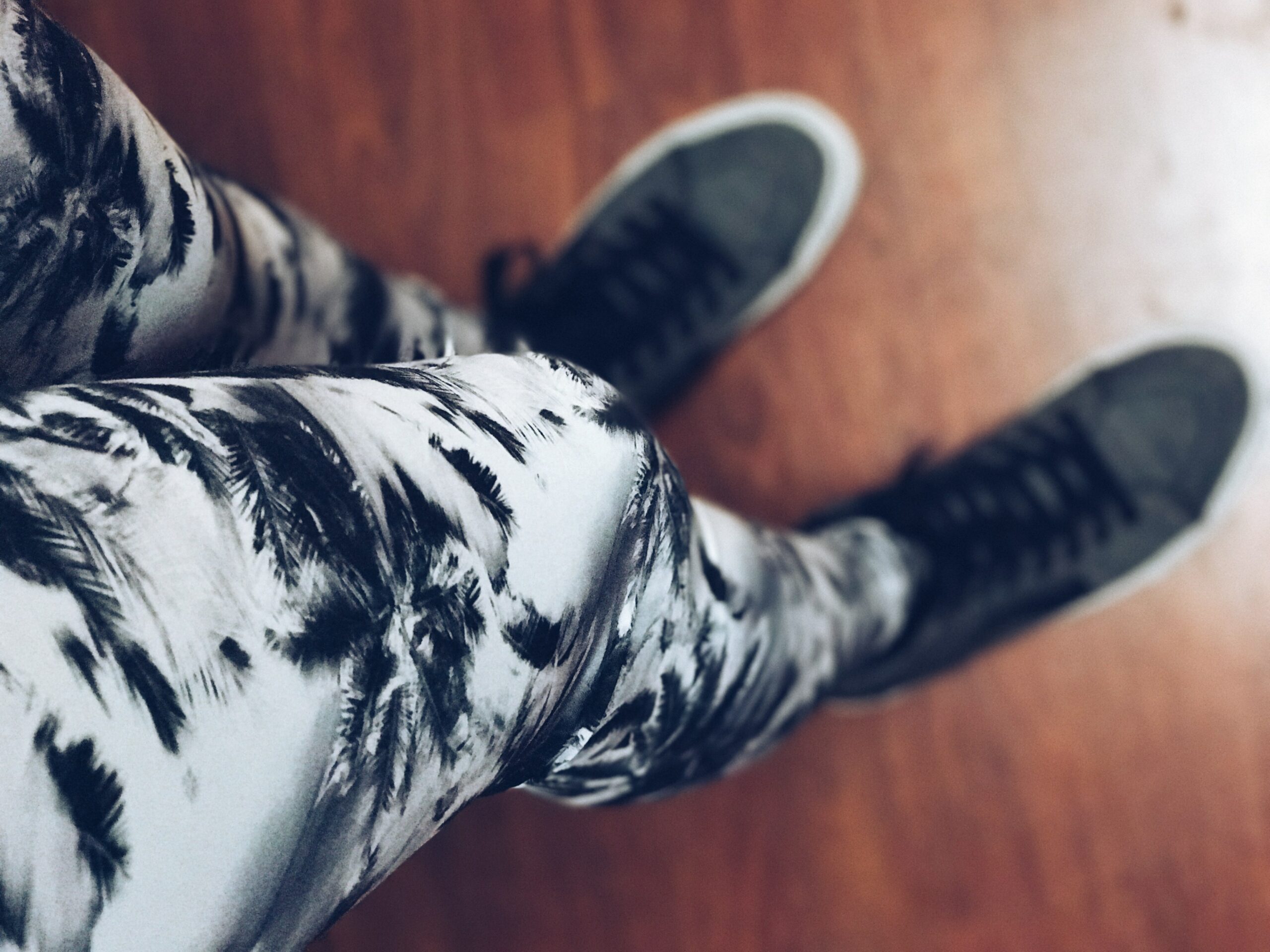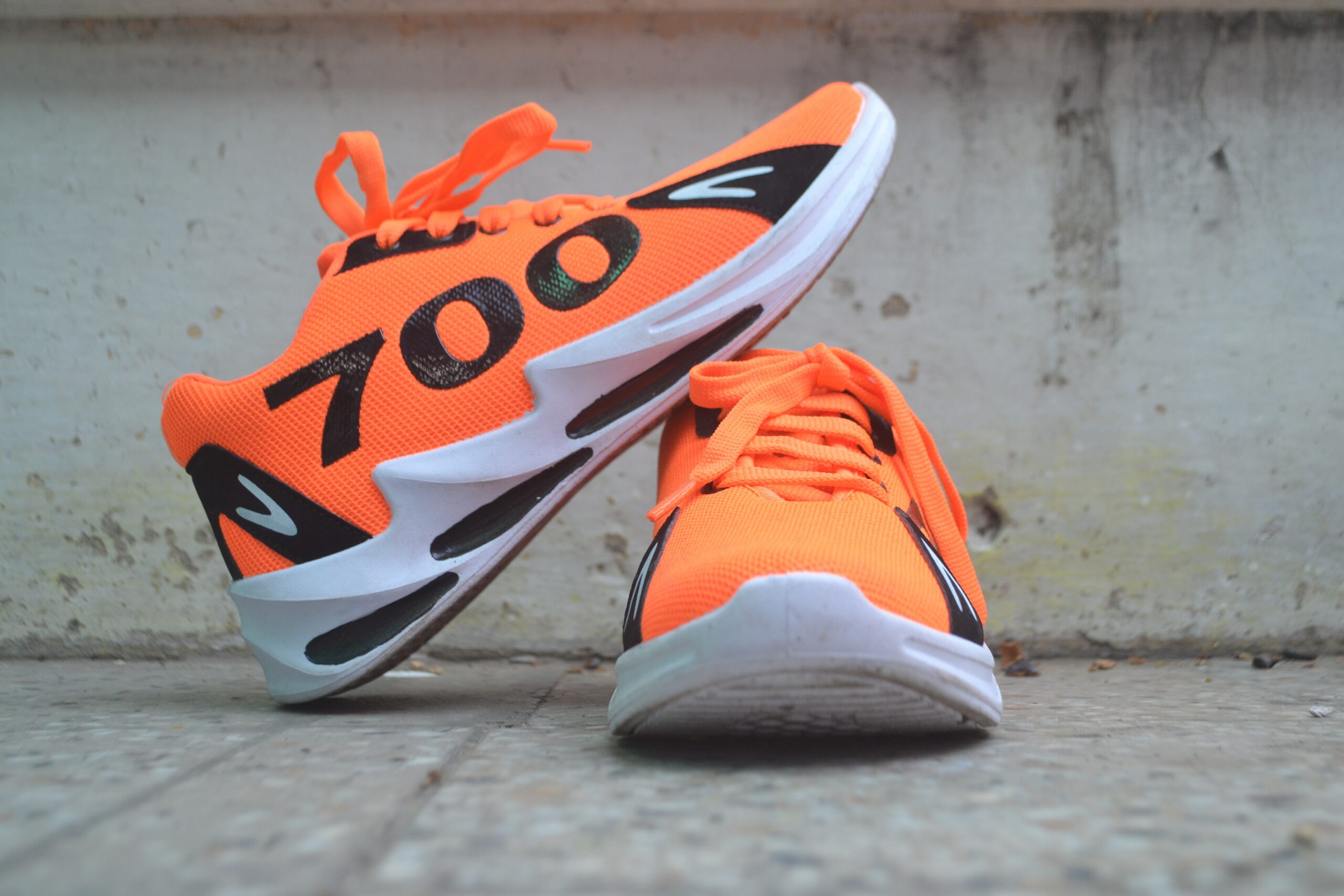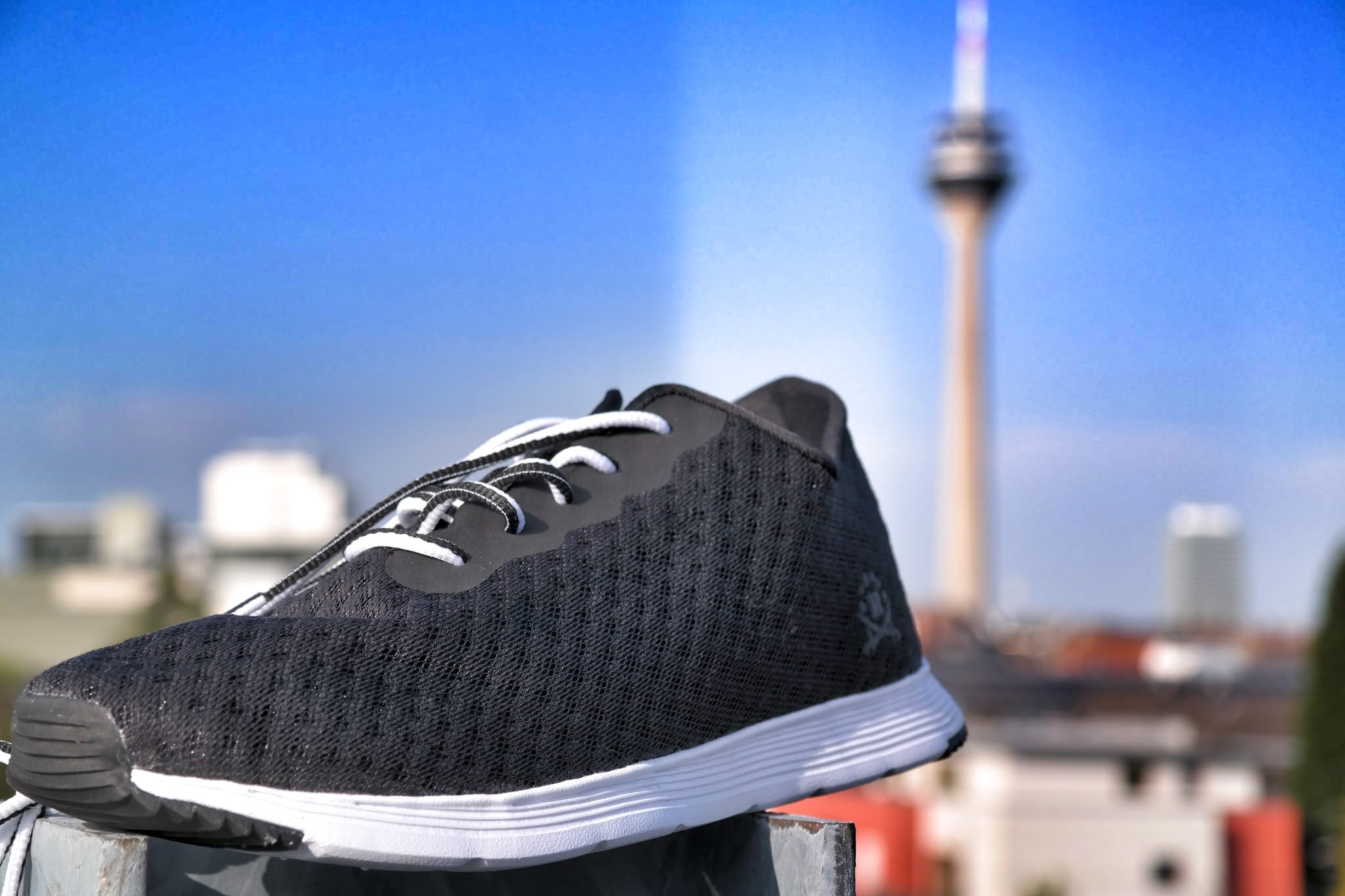When it comes to playing handball, having the right footwear is crucial for young players to perform their best on the court. Boys’ handball shoes are specifically designed to provide the necessary support, stability, and traction needed for this fast-paced and dynamic sport.
In this article, we will explore why boys’ handball shoes are essential, what sets them apart from regular sports shoes, and how to choose the perfect pair for young players. Whether your child is just starting their handball journey or is already a seasoned player, understanding the importance of proper footwear is key to their success and enjoyment of the game.
Why are Boys’ Handball Shoes Essential for Young Players?
Boy, handball shoes are essential for young players for several reasons. Firstly, these shoes were designed with the specific demands of handball in mind. They offer features that enhance grip and traction on indoor playing surfaces, allowing young players to make quick and agile movements with confidence.
Additionally, boys’ handball shoes provide the necessary support and stability for lateral movements and sudden stops, reducing the risk of injuries on the court. Furthermore, these shoes often have cushioning systems that absorb impact, reducing fatigue and providing comfort during intense gameplay.
What Sets Boys Handball Shoes Apart from Regular Sports Shoes?

Boys’ handball shoes are not just regular sports shoes with a different name. They are specially crafted to meet the unique requirements of handball. Unlike generic sports shoes, handball shoes are designed to provide exceptional grip and traction on indoor surfaces, allowing young players to maintain their footing and perform quick changes in direction.
These shoes often feature non-marking gum rubber outsoles that provide excellent grip without leaving scuff marks on the court.
How to Choose the Right Size of Boys’ Handball Shoes?
Choosing the right size for a boy’s handball shoes is crucial for optimal performance and comfort on the court. Ill-fitting shoes can lead to discomfort, and blisters, and even hinder the player’s ability to move freely. To ensure the right fit, follow these steps:
- Measure their feet: Use a measuring tape or ruler to measure the length of their feet. Measure both feet as one foot may be slightly larger than the other.
- Refer to size charts: Consult the size charts provided by the shoe manufacturer. Each brand may have slight variations in sizing, so it’s important to refer to their specific chart.
- Consider growth room: Leave some room for growth, as children’s feet can grow quickly. Aim for about a thumb’s width of space between the longest toe and the front of the shoe.
- Try them on: Have your child try on the shoes and walk around to assess the fit. Make sure there are no areas of discomfort or pressure points.
- Check for proper support: Ensure that the shoes provide adequate support around the ankle and arch of the foot. The shoe should feel snug but not overly tight.
Remember, sizes can vary between different brands, so it’s essential to measure and try on shoes before making a purchase. Properly fitting handball shoes will provide the necessary support and allow young players to perform at their best.
Are Boys Handball Shoes Designed for Specific Playing Surfaces?

Yes, boys’ handball shoes are designed with specific playing surfaces in mind, typically indoor courts. These shoes are optimized for grip and traction on indoor surfaces, such as wooden or synthetic floors commonly found in handball arenas. The outsoles of handball shoes are made from gum rubber, a material that provides excellent grip without leaving marks or damaging the playing surface.
While boy’s handball shoes are primarily designed for indoor play, they can also be used on outdoor courts with caution. However, it’s important to note that outdoor surfaces, such as concrete or asphalt, can be more abrasive and may cause faster wear and tear on the shoes. If your child frequently plays on outdoor courts, you may want to consider investing in a separate pair of shoes specifically designed for outdoor use.
What Features Should You Look for in Boys Handball Shoes?
When choosing boys’ handball shoes, there are several key features to consider. These features contribute to the overall performance, comfort, and durability of the shoes. Here are the essential features to look for:
- Grip and Traction: Boys’ handball shoes should have a non-marking gum rubber outsole that provides excellent grip and traction on indoor surfaces. Look for shoes with a patterned or grooved sole for enhanced traction.
- Support and Stability: Handball involves quick lateral movements, so it’s crucial to choose shoes that offer adequate support and stability. Look for shoes with reinforced toe caps and sturdy uppers that provide support during sudden stops and direction changes.
- Cushioning and Shock Absorption: Handball can be physically demanding, with plenty of jumps and landings. Look for shoes with cushioning systems that absorb shock and provide optimal comfort. EVA foam or gel cushioning is commonly used in handball shoes.
- Breathability: As young players engage in intense physical activity, their feet can sweat and become hot. Look for shoes with breathable materials, such as mesh panels or perforations, to promote airflow and keep the feet cool and dry.
- Durability: Handball involves quick movements, sliding, and potential contact with other players. Choose shoes that are made from durable materials and have reinforced areas, such as the toe and heel, to withstand the rigors of the game.
By considering these key features, you can select boys’ handball shoes that provide the necessary performance, support, and comfort for young players on the court.
Are Boys Handball Shoes Suitable for Indoor and Outdoor Play?

While boy’s handball shoes are primarily designed for indoor play, they can be used on outdoor courts with some considerations. The outsoles of handball shoes are optimized for grip on indoor surfaces, such as wooden or synthetic floors commonly found in handball arenas.
When used on outdoor courts, which are typically made of concrete or asphalt, the outsoles may wear down more quickly due to the more abrasive nature of the surface.
If your child frequently plays on outdoor courts, it may be beneficial to invest in a separate pair of shoes specifically designed for outdoor use. Outdoor handball shoes often have more durable outsoles and additional features to withstand the harsher conditions of outdoor play.
How Do Boys Handball Shoes Enhance Grip and Traction?
Grip and traction are essential for young handball players to maintain stability and perform at their best on the court. Boys handball shoes are specifically designed to enhance grip and traction through various features:
- Gum Rubber Outsole: Handball shoes typically have outsoles made from gum rubber, a material known for its excellent grip on indoor surfaces. The rubber compound and the patterned sole design provide traction that allows young players to make quick movements and change directions without slipping.
- Herringbone Pattern: Many handball shoes feature a herringbone pattern on the outsole. This pattern consists of zigzag lines that maximize the contact area between the shoe and the floor, enhancing grip and preventing slippage during lateral movements.
- Pivot Points: Some handball shoe models have strategically placed pivot points on the outsole. These circular areas allow for smooth and quick rotations, reducing the risk of ankle strain and improving overall agility on the court.
- Non-Marking Soles: Boys’ handball shoes are designed with non-marking soles to prevent leaving scuff marks or damaging the playing surface. This is particularly important in indoor venues where maintaining the condition of the court is essential.
By providing superior grip and traction, boys’ handball shoes empower young players to make quick cuts, pivot with ease, and confidently maneuver on the court, giving them a competitive edge during the game.
Are Boys Handball Shoes Designed to Support Ankle Stability?
Yes, boys handball shoes are specifically designed to support ankle stability, a crucial factor in preventing injuries and ensuring optimal performance. Handball involves quick lateral movements, jumps, and sudden stops, putting significant strain on the ankles.
Here is a comparison table that directly provides value to the reader about boys’ handball shoes:
| Feature | Handball Shoe A | Handball Shoe B | Handball Shoe C |
|---|---|---|---|
| Grip and Traction | Excellent | Good | Fair |
| Ankle Stability | High | Medium | Low |
| Speed and Agility | Lightweight | Moderate | Heavy |
| Cushioning | Responsive | Moderate | Basic |
| Durability | Very Durable | Durable | Average |
Please note that the table is for illustrative purposes, and the actual brands and models of handball shoes may vary. The table compares different features of handball shoes, including grip and traction, ankle stability, speed and agility, cushioning, and durability. This allows the reader to make an informed decision based on their specific needs and preferences.
Are Boys Handball Shoes Lightweight for Quick Movements?
Yes, boys’ handball shoes are designed to be lightweight to facilitate quick movements on the court. Handball is a fast-paced sport that requires players to be nimble and responsive, and heavy shoes can slow down movements and impede agility.
Here’s how the lightweight design of handball shoes benefits young players:
- Enhanced Speed: By reducing unnecessary weight, lightweight handball shoes allow young players to move faster and more explosively. The lighter the shoes, the less energy is required to lift and propel the feet, resulting in increased speed during sprints and transitions.
- Agility and Maneuverability: Lightweight handball shoes offer greater maneuverability, enabling quick changes in direction and agile footwork. The reduced weight allows for faster reactions, making it easier to evade opponents and create scoring opportunities.
- Reduced Fatigue: Heavy shoes can cause fatigue more quickly, impacting overall performance. Lightweight handball shoes help minimize fatigue during extended play, allowing young players to maintain their speed and agility for longer periods.
- Natural Feel: The lightweight nature of handball shoes provides a more natural and responsive feel, allowing young players to have better control and connection with the court. This enhances their ability to make quick adjustments and execute precise movements.
By prioritizing lightweight construction, boys’ handball shoes optimize young players’ speed, agility, and endurance on the court. The reduced weight allows for greater mobility and better overall performance, giving them the edge they need during intense handball matches.
Do Boys Handball Shoes Provide Cushioning and Shock Absorption?
Yes, boys’ handball shoes are designed to provide cushioning and shock absorption, crucial for the comfort and protection of young players during intense gameplay. Handball involves frequent jumps, landings, and abrupt movements, which can put stress on the feet and joints. Here’s how handball shoes offer cushioning and shock absorption:
- Midsole Cushioning: Handball shoes feature cushioned midsoles that absorb the impact of jumps and landings. Materials such as EVA foam or gel are commonly used in the midsole to provide a comfortable and responsive cushioning experience.
- Heel Cushioning: The heel area of handball shoes is often equipped with additional cushioning to absorb shock when landing from jumps or sudden stops. This helps reduce the strain on the ankles, knees, and hips, minimizing the risk of injuries.
- Energy Return: Some handball shoe models incorporate responsive cushioning technologies that offer energy return. This means that the cushioning material compresses upon impact and then quickly bounce back, returning energy to the player’s movements and providing an extra boost.
- Impact Protection: Handball shoes have built-in protective features to guard against impact-related injuries. Reinforced toe caps and heel counters help shield the feet from accidental collisions or contact with other players.
In Conclusion,
When selecting boys’ handball shoes, it’s essential to consider key features such as grip and traction, ankle stability, speed and agility enhancement, cushioning and shock absorption, lightweight design, and durability. Boys’ handball shoes are designed to provide the necessary support, comfort, and performance required for young players on the court.